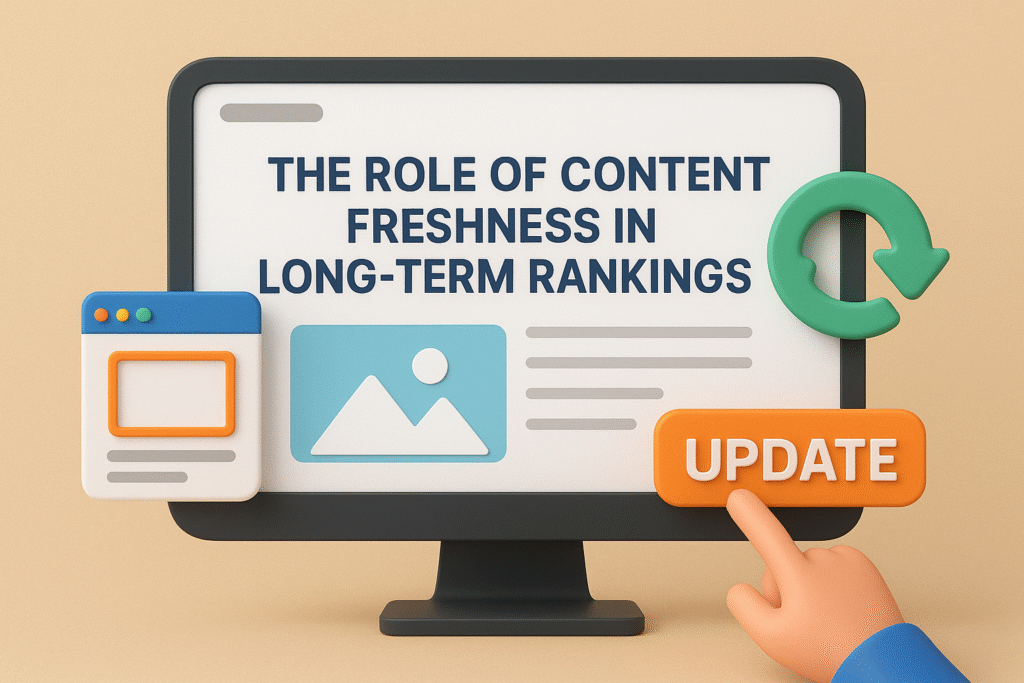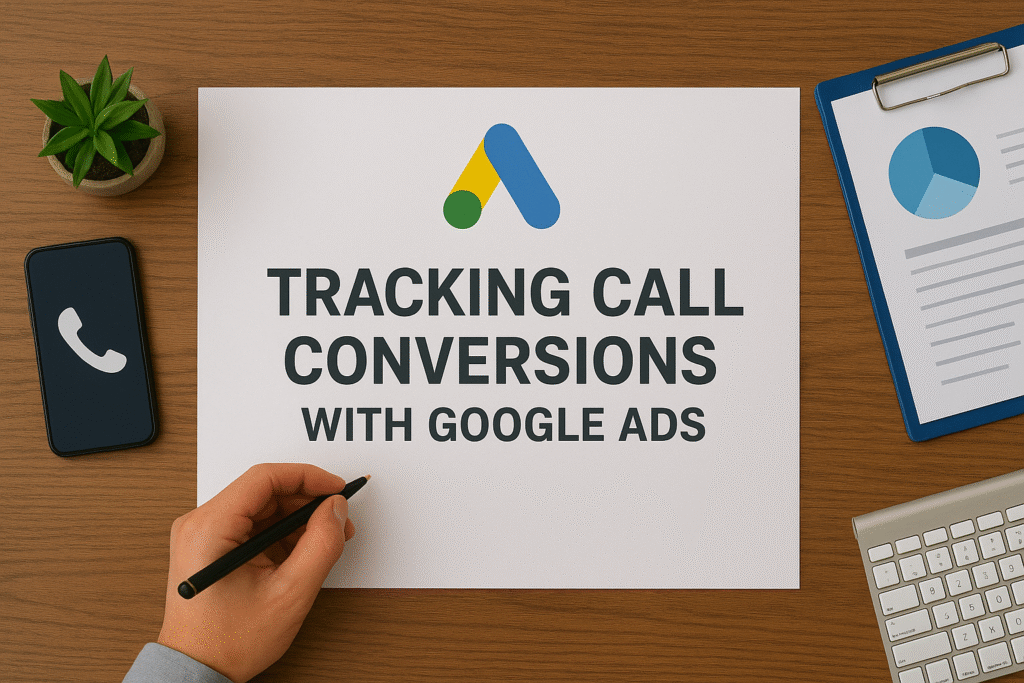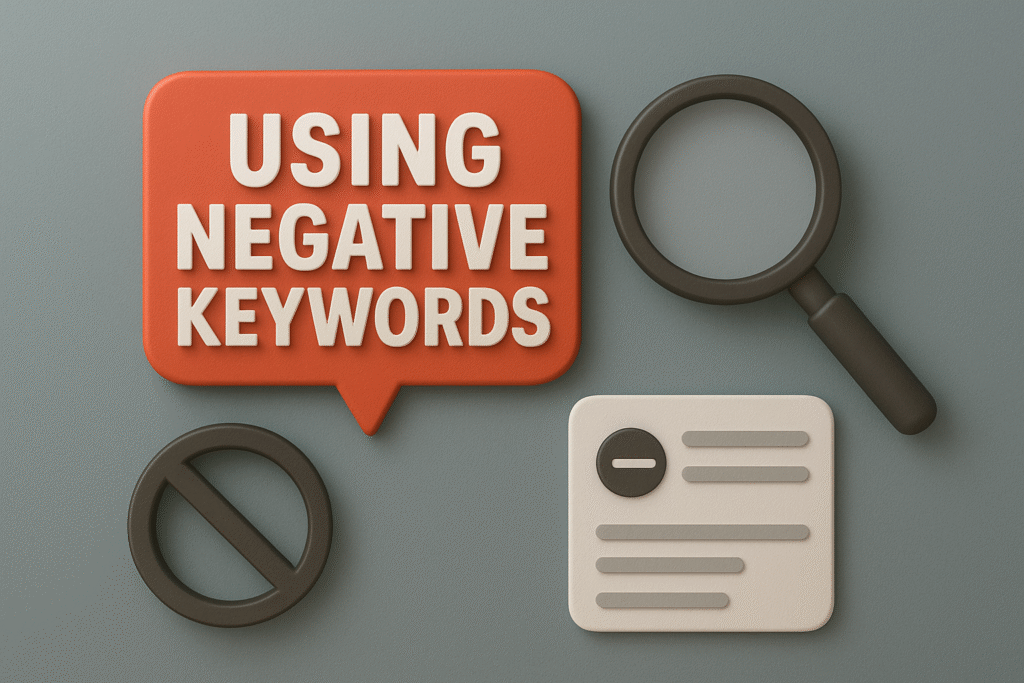It’s technical, and it’s a real thing. Yes, we are talking about researching a blog post.
What is a blog post?
According to Wikipedia, “A blog is a discussion or informational website published on the World Wide Web consisting of discrete, often informal diary-style text entries. Posts are typically displayed in reverse chronological order, so that the most recent post appears first, at the top of the web page.”
Researching a blog post
Studying to research a blog — and then writing it actually — can be intimidating, particularly if your blogging adventure is starting. However, research is a necessity for many blogs. Any post that contains specific factual statements relies on statistics or depends on information outside of common knowledge and requires thorough and thorough research.
Research gives your content authority and the firm construction on which your content can stand for a more extended period.
“Research is what I’m doing when I don’t know what I’m doing.” – Wernher von Braun.
Here are a few steps you can follow to sharpen your research for your next blog article.
Planning the post, you are about to write.
An idea begins in every blog post. Usually, a title or headline defines your concept. Therefore, the best way to start researching a blog post consists of identifying a solid headline idea or several variations on a headline idea. Your headline will help you plan the theoretical constraints of your article.
Evaluating the idea
As you investigate, remember the all-important question: for whom and why would they care? This is not about creating a good response but about looking for real answers on the Internet. Readers don’t have time to waste reading useless content these days. Make sure your content is value-driven and provides some help to your audience.
Looking for sources
It’s time to start creating the post after identifying your work headline, audience, and value-driven intent. First, consider the essential elements that your claims need to support. At this stage, it’s best to start your contours. Add each subpoint to the outline and include any comments, data, or quotes you would like to support below. Then, you can go through the subheadings and complete the blanks as you write the post.
Completing the outline
Your outlines must not be enormous. However, what is needed is a list of all the key subheadings together with data and sources. The method is your content’s road map, skeleton, and foundational structure.
Making a point!
Your blog post research should have a conclusion, a point that you make at the end or in between. The small value propositions you add to your blog catch readers’ attention.





































